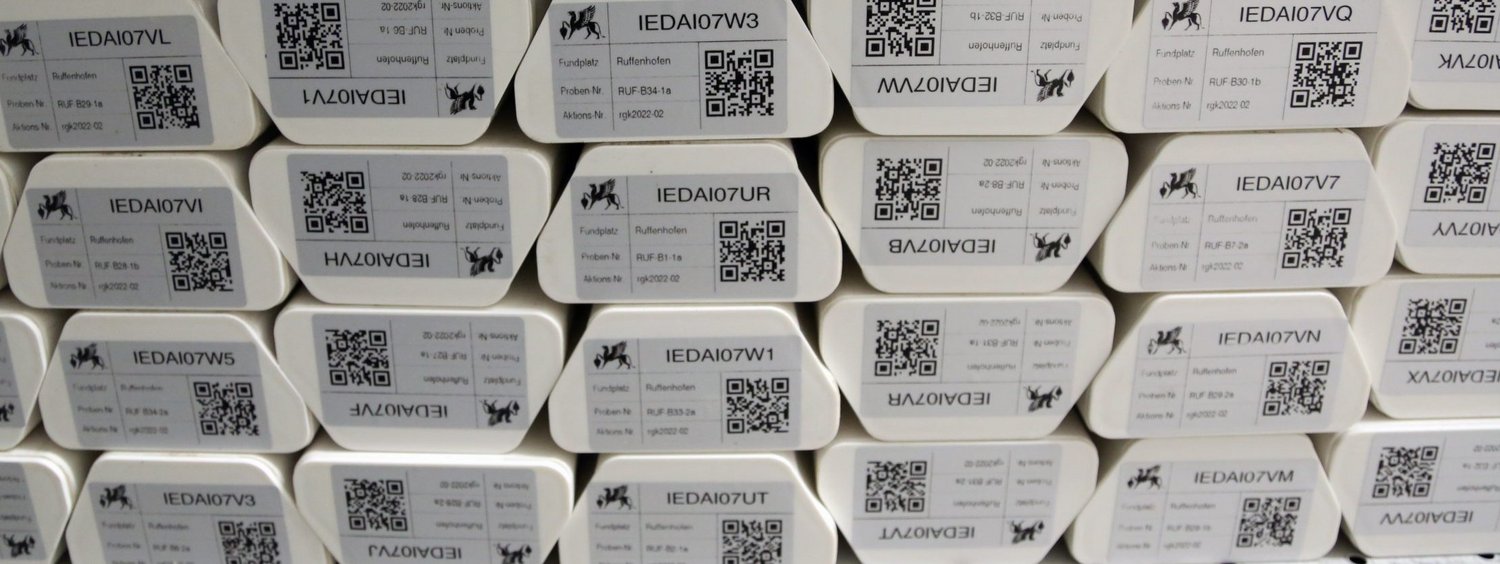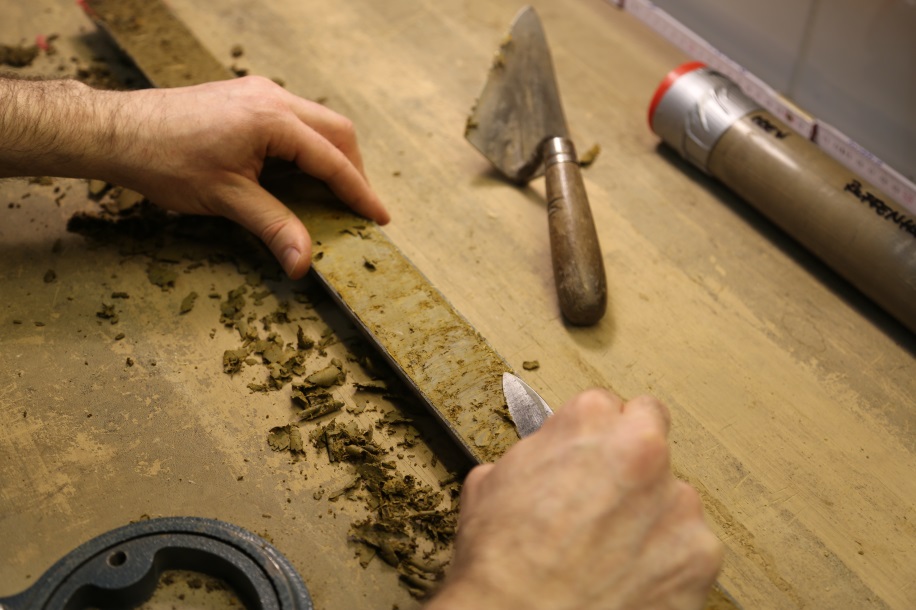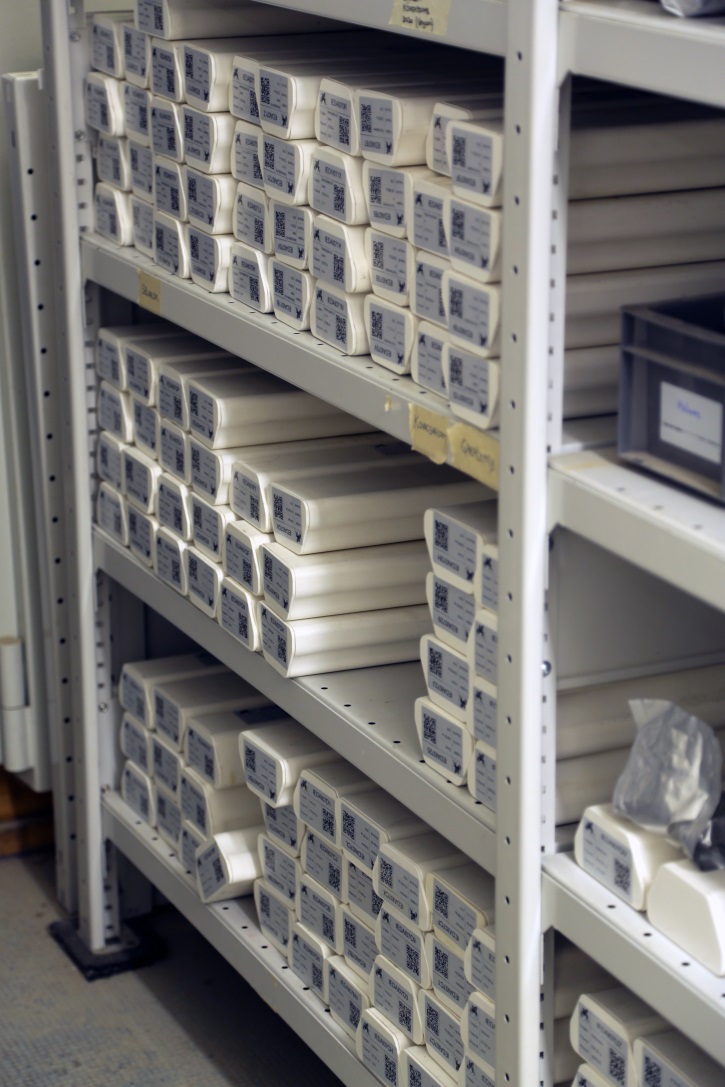December 5 is World Soil Day!
In autumn and winter, you sink into the mud; in summer, the ground is often so dry that it is difficult to walk through or the dust stings your eyes. Archaeology and soil have a kind of “love-hate” relationship.
However, soil also preserves and archives our cultural heritage. Depending on the soil conditions, artifacts and bones are preserved well, poorly, or are completely destroyed.
In addition to archaeological finds and structures, which usually only show up as discoloration in the soil, the soil also hides almost invisible traces that can answer questions about the past. Various scientific analyses enable us to conduct research on areas of use, nutrition, and the environment in past times.
So even though people often curse the soil during excavations (especially when it is very clayey, like the Pelosol, this year's Soil of the Year: boden-des-jahres.de/), soil is extremely important for archaeological science. If archaeological sites are not endangered, the soil archives them for future generations. However, when time is short and we can only examine fragments, soil offers us numerous possibilities for minimally invasive methods and analyses (see here).
Arable land has been chosen as Soil of the Year for 2023. For thousands of years, agriculture has been the economic foundation of human society. Many of the sites we investigate are located where fertile soil suitable for cultivation was found in prehistoric and early historic times.
Abb. 1 Nachdem ein Bohrkern aufgesägt wurde, wird er zunächst "geputzt", damit Verfärbungen und Schichten gut zu erkennen sind und man diese dokumentieren kann. © DAI + RGK// Foto: Isabel Hohle (RGK).
What's new on the topic of soil from the RGK?
Our drill cores (Fig. 1) and soil samples are now FAIR!
This acronym stands for Findability, Accessibility, Interoperability, and Reusability. It summarizes the fundamental principles of modern research data management: The data should be findable; in our case, we have registered our drill cores and soil samples via SESAR (geosamples.org) and assigned each of them a globally unique and permanent identifier (IGSN – International Generic Sample Number, www.igsn.org/). Metadata is also stored, which provides more detailed information and enables contextualization. This means that our drill core data is digitally archived and accessible for scientific purposes. Physically, we store half of the drill cores (Fig. 2) and individual soil samples in the basement of the RGK and, in cooperation with the Milzener e.V. association, in Melaune/Saxony.
Abb. 2 Im Keller lagern wir je eine Hälfte der Bohrkerne. Geschützt und sicher verpackt, ist jede Bohrkernhälfte mit einem QR Code versehen. Mit Hilfe eines eindeutigen Codes können so auch einzelne Proben mit den zugehörigen Bohrkernen verknüpft werden. © DAI + RGK// Foto: Isabel Hohle (RGK).
This was preceded by the collection and organization of numerous data, an inventory and status assessment, the professional repackaging of the stored drill cores and soil samples, and finally the setting up of the storage rooms. This work often takes place behind the scenes, but research data management and research infrastructure are central pillars of scientific work.
With this in mind: Happy World Soil Day!
Thanks go to the team at the Department of Prospecting and Excavation Methodology, and especially to Ellen Braune, Matthias Bemmann, Melani Podgorelec, and Roman Scholz.




